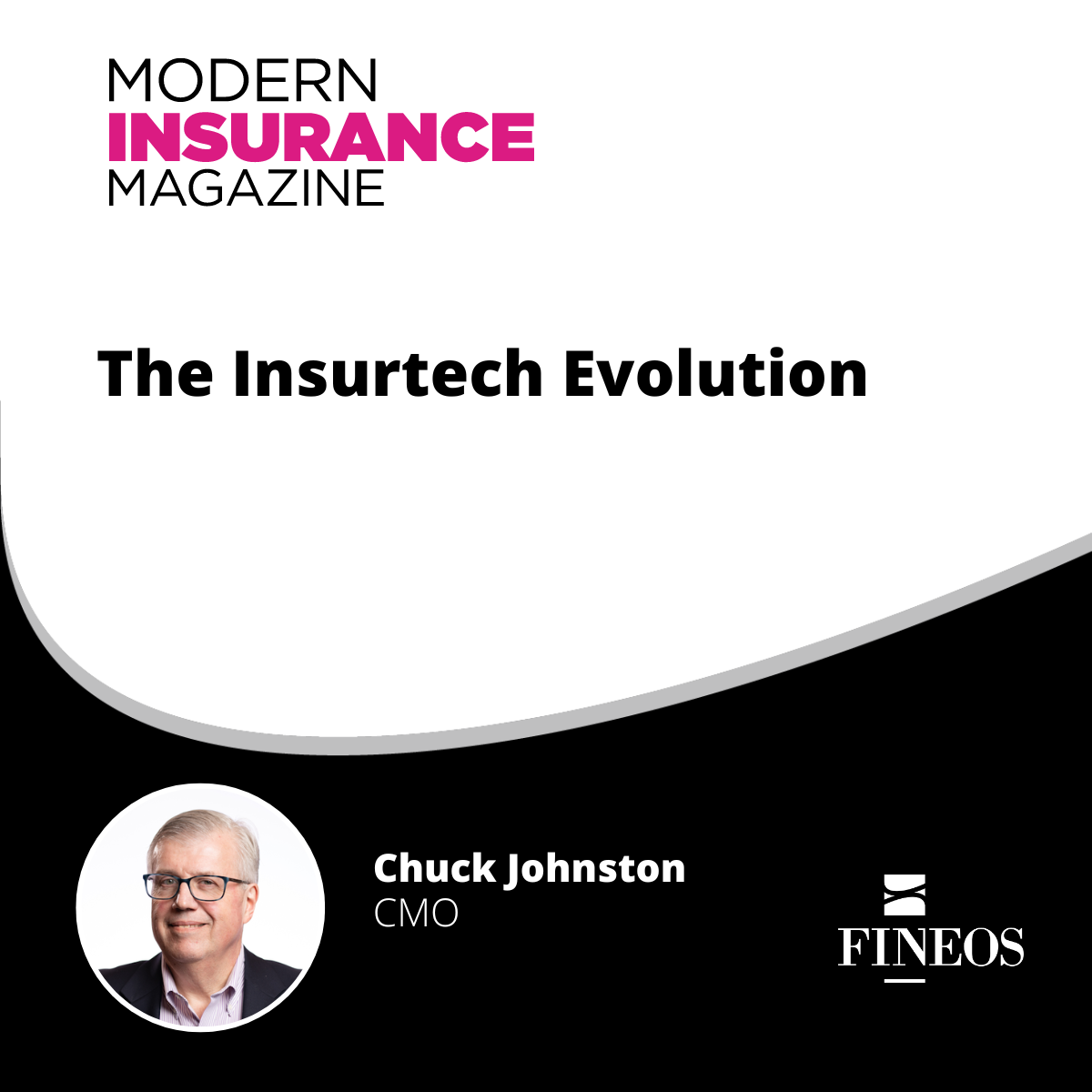Original article appeared in LIMRA MarketFacts April 2022 (Download)
By: Santoash Rajaram, SVP FINEOS Insight & Engage, FINEOS
The insurance industry is one of the most data-driven and process-intensive industries. With continuously changing regulatory requirements, long-tail claims, and the need to deliver personalized customer service across multiple platforms, carriers often find themselves spending more time than desired performing redundant tasks, correcting errors, and developing work-arounds. Carriers also have been frustrated by the lack of access to data to inform timely decision making. Until recently, technology has been more of a hindrance than a solution.
Advances in technologies, such as machine learning (ML) now make it possible to accelerate business decision making by using the speed and power of ML to analyze and process large amounts of data in a fraction of the time and cost for humans to do the same. With ML, carriers can now streamline their workflows with automated processes that would historically have required multiple handoffs. ML can also improve decision making by quickly analyzing past decisions and adapting its learnings as circumstances change. Its ability to provide intelligent recommendations and hidden insights based on a carrier’s own data is proving invaluable.
There are various ways the insurance industry can utilize ML, from assessing risk to improving the customer experience. One example is the case of fraud. According to the Coalition Against Insurance Fraud, fraud costs U.S. consumers $80 billion a year. Carriers estimate that fraud accounts for 5 to 10 percent of the cost of claims. ML saves cost by finding and detecting false claims and transactions much faster than humans can. Companies can use ML to identify anomalies — in near real-time — that deviate from normal patterns, and predict suspicious cases before the fraud occurs.
Carriers often find themselves struggling to start with ML because of concerns over cost, complexity, and data quality. Fortunately, there are many pre-built ML models available that carriers can customize to the needs of their business. This makes it easier to gain business support for ML implementation and helps carriers realize value sooner. As carriers consider ML, they should look for solutions that integrate with their core processing systems. This makes it easier to implement ML across the insurance value chain and widens the boundaries for analysis and learning. It also makes it possible to improve workflow automation through adaptive learning.
As with most change, many companies will face challenges in adopting ML. It is important to have access to large amounts of data in order to train ML models. This can raise privacy and security issues, as well as the need for enough server capacity for experimentation. Having the right infrastructure is essential. Organizations with cloud-based solutions may have an advantage. Implementing ML also requires the right mindset, particularly when the results of the model challenge an organization’s underlying assumptions. The willingness of leaders to adapt, learn, and continuously adjust their own biases based on new insights is paramount.
The greatest challenge with ML adoption is ensuring that people have the right skills to fully understand and implement ML models. Without the right people, it is difficult to realize the benefits that ML has to offer. Fortunately, there are organizations with insurance industry and ML modeling expertise to ensure that companies use the right models and fine-tune those models to the needs of the business. There are also ML tools to facilitate data cleanup and standardization.
The momentum for implementing machine learning continues to grow. But it is not a silver bullet. Nor is it a point-in-time solution. Organizations need to commit to the journey that is ML, to realize its full potential. The benefits, if implemented correctly, are game-changing and make this technology worth exploring.


